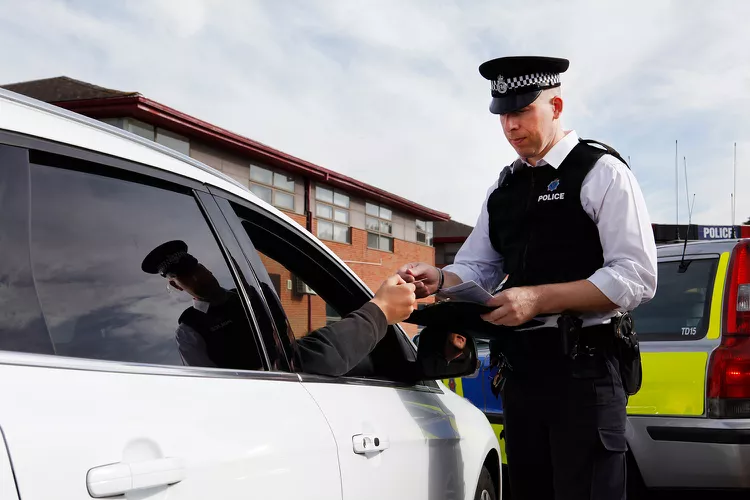Driving in Iceland: Essential Tips
Here are some important driving basics for visitors.
For travelers to Iceland craving autonomy, renting a car is the ultimate path to freedom and adventure. While some may opt for bus tours, those interested in discovering the 40,000 miles of stunning scenery will need to get behind the wheel, as public transportation is often sporadic or unavailable to numerous popular tourist destinations.
Before embarking on your road trip, understanding Iceland’s road regulations and driving culture should be your top priority. Here are 7 essential tips for driving in Iceland that will prepare you for the journey ahead.
1. Documents for Driving in Iceland
You will need your driving license, passport, proof of insurance, and vehicle registration. It is important to note that foreigners must be at least 21 years old to rent a car in Iceland and 25 years old to rent off-road vehicles.
2. Important Basics for Driving in Iceland
In Iceland, you drive on the right side of the road. The major highway stretches along the coast, connecting the cities of Reykjavik and Keflavik, where rental car services are available. However, be aware that many country roads are only gravel. Notably, various car rental agencies prohibit driving rental cars on unsecured mountain or Highland roads, as muddy conditions can render them impassable and unsafe.
3. Speed Limits in Iceland
Icelandic speed limits are set at 31mph (50kph) in towns, such as Reykjavik, 49mph (80kph) on gravel country roads, and 55mph (90kph) on paved roads.
4. Icelandic Safety Regulations
Wearing seat belts and having headlights on are mandatory. Be sure to adjust your speed according to the gravel road conditions and pull over to the side when necessary. Remember to turn off high beams when passing vehicles coming from the opposite direction. It is crucial to know that driving off marked paths and using cell phones without hands-free technology while driving is strictly prohibited in Iceland.
5. Emergency Assistance on the Road
In any part of Iceland, you can reach the police, ambulances, and fire department by calling “112”. For medical emergencies in the Reykjavik area, dial “1770” to contact a doctor.
6. Gas Stations
Gas stations in major cities typically operate from around 7 a.m. until 8 p.m., with a few staying open until 11 p.m. However, these late hours are exceptions. Once you venture beyond Reykjavik and Keflavik, operation hours can vary, but most stations remain open until mid-evening. Consequently, it’s advisable to refuel whenever possible, as running out of gas in the remote areas of Iceland could lead to a long walk to the next station.
7. Alcohol While Driving
In Iceland, the concept of “drunk driving” is a serious offense. Driving under the influence of alcohol is heavily enforced, and the minimum penalty for a first offense includes a fine and a two-month suspension of driving privileges. Therefore, the bottom line is clear: do not drive if you have consumed any alcohol.





